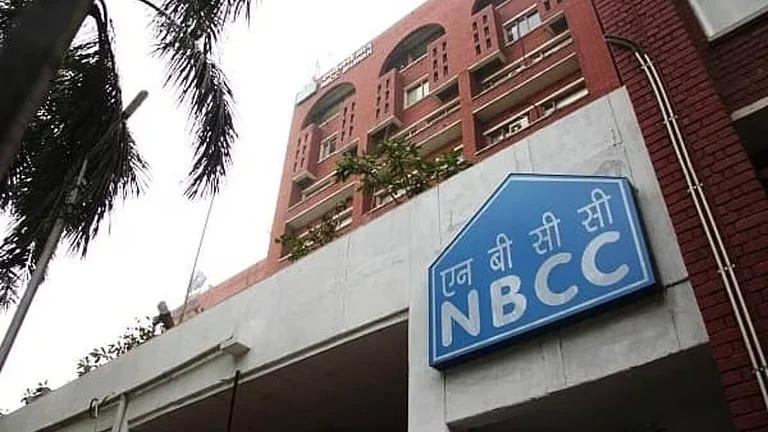US Federal Reserve in its 16th December meeting unanimously raised the federal fund rate by 25 basis points to between 0.25 and 0.50 per cent. This is the first rate hike in US since 2006 and is significant as it reverses the trend since 2008 financial crisis, there by sending out a positive signal about the revival in the world's largest economy, which would also have a positive impact on the rest of the world.
The Fed rate hike implies good retail demand, pricing power with the producers and upbeat GDP growth rate in the US economy. This in turn could positively impact the Indian exports demand, both for the manufacturing and for the IT sector, which again will aid the domestic demand and employment scenario. However, a sustained growth in US can raise commodity prices and the demand for goods pick up. This can also have an impact on the inflation since India imports about 80 per cent of its crude oil requirement, and a depreciating rupee would increase fuel prices, which may add marginal pressure on inflation.
From the financial economy perspective, US Fed rate is seen as the global risk free rate. So, any hike in this rate implies that the risk premium for other asset classes has increased. From that point of view, the hike increases the risk perception for investment ideas in India.
Has this impacted the Indian markets?
As far as markets are concerned, the major uncertainty has gone by and the focus will now shift to the fundamentals of India as per many market experts. Says Rajeev Radhakrishnan, Head-Fixed Income, SBI MF: "The Federal open market committee (FOMC) action was well discounted by the markets, with the Fed having guided markets for initiating the normalisation by the end of the calendar year." Going ahead, India is expected to remain an attractive destination for the FIIs. The domestic savings will likely continue to flow in to financial assets, including equities, and that may provide additional support to the markets.
That said, US Fed had provided ample and sufficiently long indication to the global markets about its intention to reverse the monetary policy rate. Says Lakshmi Iyer, Chief Investment Officer, Debt & Head of Products, Kotak Mutual Fund: "The market reaction post the US Fed rate hike has been far more encouraging than was earlier expected. On a medium- to long-term basis, we expect markets to be guided by domestic factors, including Budget than global events. In the previous rate hike cycle by the US, our benchmark rates were actually unchanged."
So how should investors view this development?
In an interconnected world, especially given the dominance of capital flows, policy actions by global central banks would have a bearing on risk appetite and also capital allocation to emerging markets. However, the US Fed has just started the normalisation of ultra-loose monetary policy implemented post the 2008 financial crisis. "Given the relative improvement in macro fundamentals in India relative to most other EMs, it is expected that capital flows to India over the coming months should remain fairly supported," says Radhakrishnan.






























